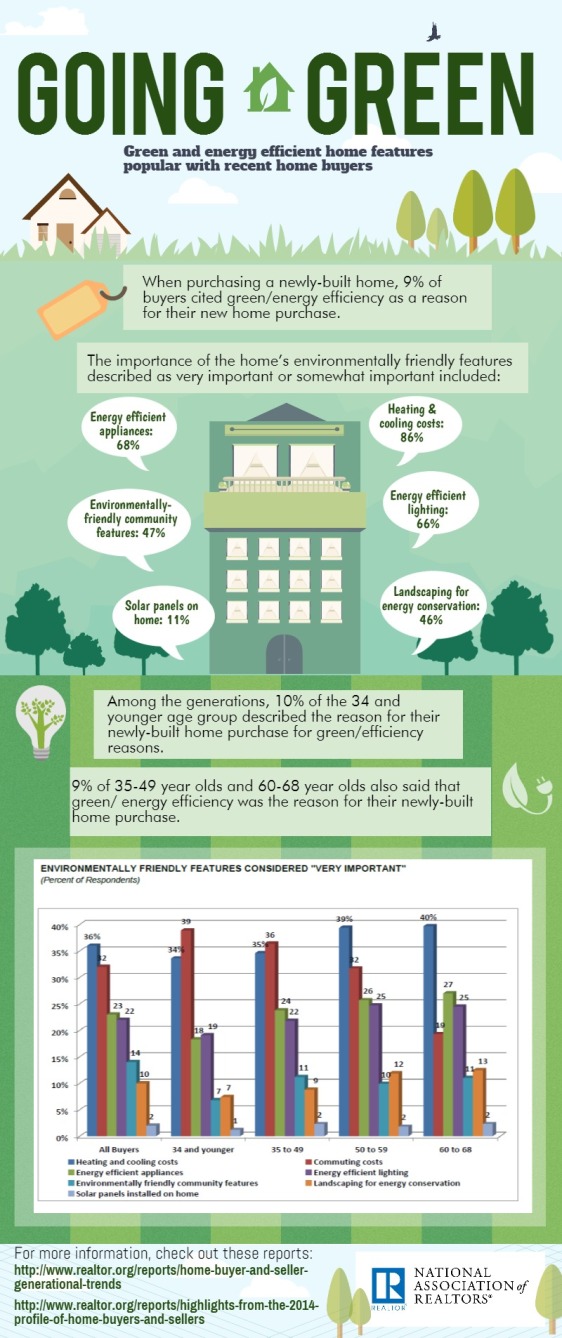Getting a home mortgage loan or refinancing an existing loan calls for a clean credit report. Banks simply will not give a mortgage to someone with collection accounts on their credit report. And, sometimes these collection accounts can be a big shock to the prospective home buyer. Who knew the account was even there?
In California, the statute of limitations for an unpaid collection account is four [4] years. It seems, though, that creditors have come up with some creative ways to keep collection accounts going. Sometimes, the debt is sold to another credit company, thus re-activating it or sometimes it is simply transferred to another division of the same company with a different name. Both gambits are done with the hope of resurrecting these debts.
This can have a major impact on the consumer’s credit score, sometimes as much as 30 points. This is, of course, of major concern when applying for a home loan. All collections must be paid or the bank will not grant the mortgage. If collection agencies realize that a debtor is trying for a home loan, then they will definitely play hardball and expect to get the entire amount of the debt paid with additional fees added.
So, what to do?
Thanks to a recent court case, the 9th Circuit held that the Federal Debt Collection Practices Act requires substantial activity by the debt collector before a debt can be considered valid. Specifically, for a debt to be valid the collection agency must send a notice to the debtor within 5 days.This is true if it’s the first collection agency, one of many or a subsequent one.
Of course, people often don’t even realize they have collections because collection agencies rarely send out these “validation notices.” Now, the collection agency must inform the debtor of the total amount of the debt and to whom it is owed and this must be in writing within 5 days. Furthermore, the agency must inform the consumers they have 30 days in which to dispute the debt.
When the consumer disputes the debt or any part of it, the agency must supply a copy of the judgment or verification of the debt. Previously, knowing the consumer wanted to buy a house, the agencies would simply insist on payment until either the home buyer gave up the quest for a house or paid the loan.
Now, there is some protection for the home buyer with a collection account. If you discover a collection account on your credit report, it is only valid if you have received notice of it from the collection agency in writing and you may still dispute the account. If the collection agency refuses to back down, yes, you will have to hire an attorney, but a simple letter may do the trick.













